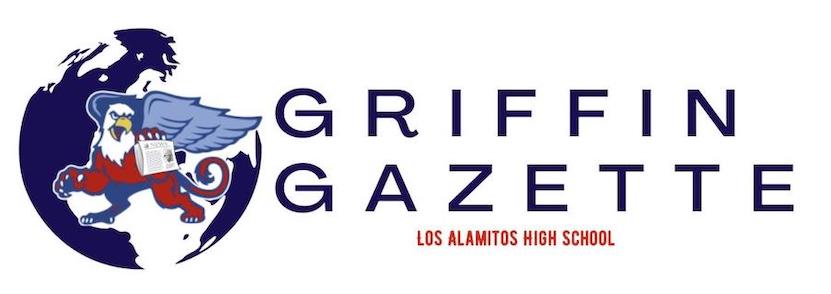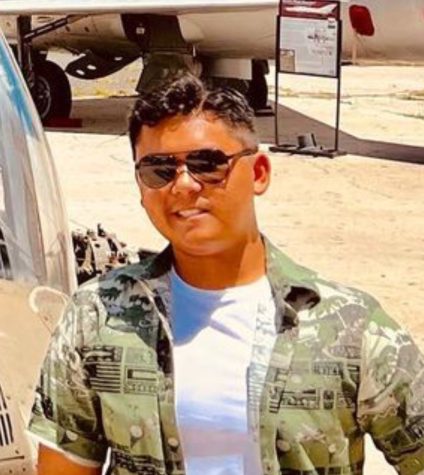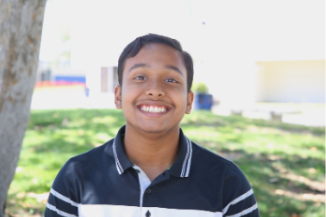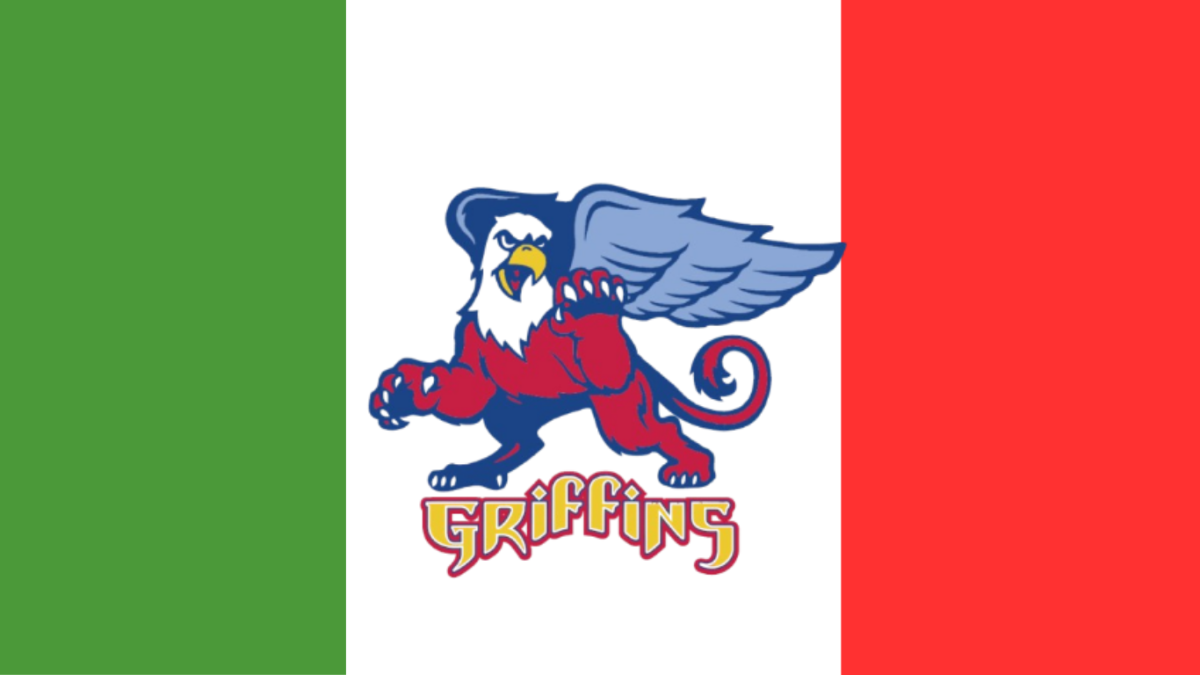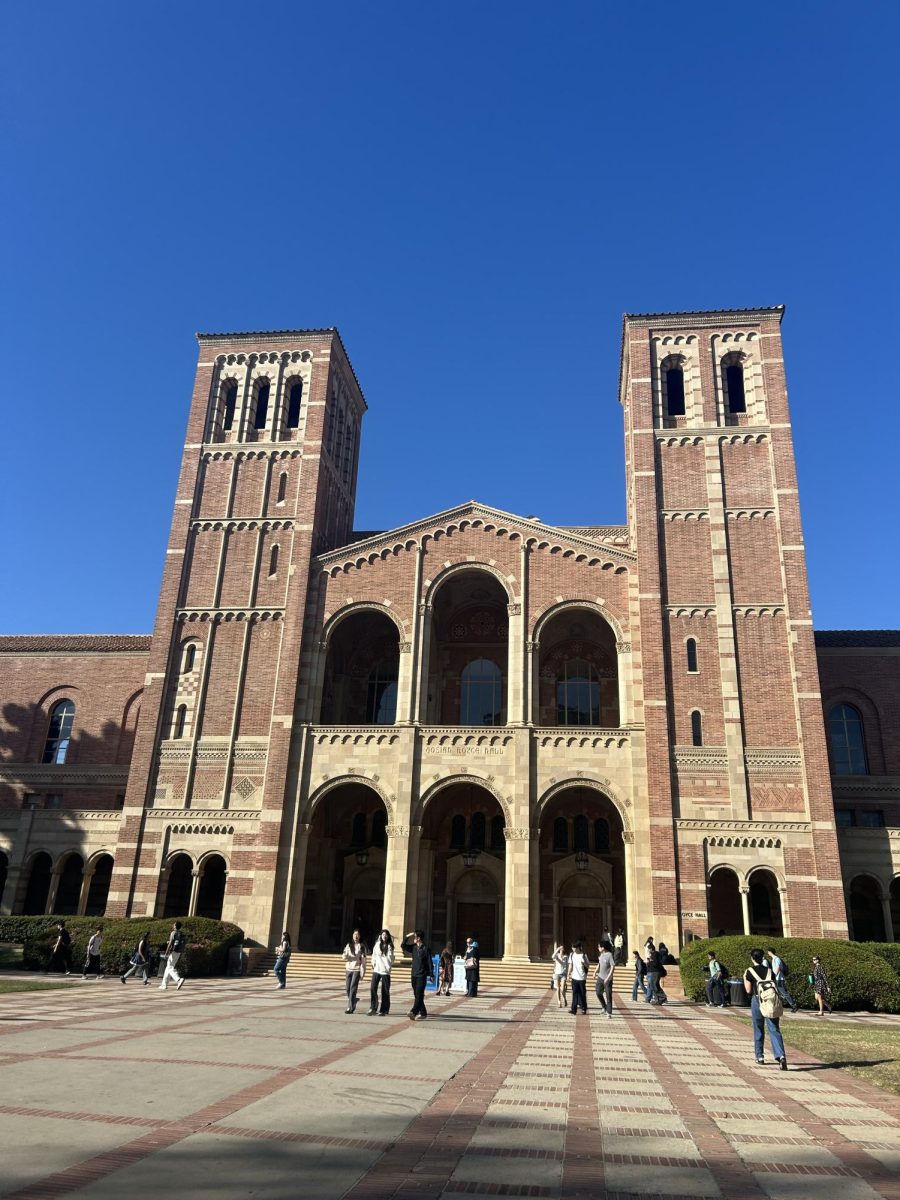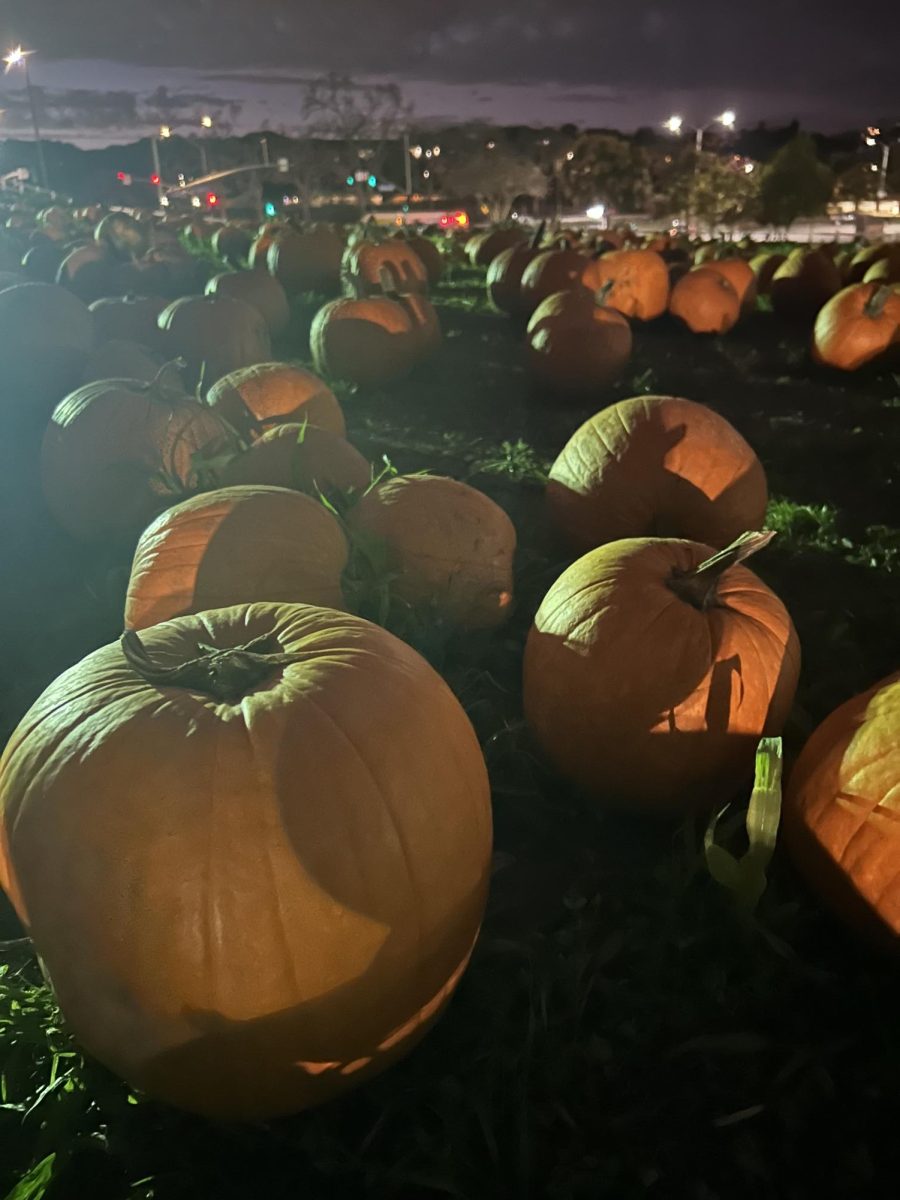The pros and cons of AI art
What do artists think of AI art, and what problems does modern tech pose against society?
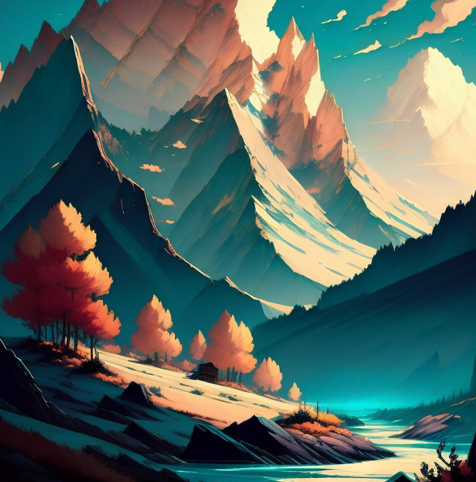
Rommel Salazar (Assisted by AI)
A “painting” of mountains made by an AI program after given a certain prompt
January 17, 2023
LOS ALAMITOS, CA — Artificial intelligence (AI) is a growing phenomenon in the field of computer art. AI art is when an application allows you to fill in a prompt and then generate a picture that appears to be painted or drawn by hand.
What is AI art?
To better understand and appreciate the development of AI art generators, one must look into the mechanics and computing that have gone into creating diffusion models.
It all started with Jascha Sohl-Dickstein, senior staff research scientist at Google, who, in 2015, used the principle of diffusion to generate images. The basis for the principle he utilized is how, when something like a drop of blue food dye enters a container of water, the exact initial conditions of the system are painfully precise and cannot be readily determined.
Thus, it is easier to see the end conditions, such as when the drop of dye has become distributed throughout a container, and engineer a near-replica of the initial conditions from this through the use of probability distribution.
“The algorithm starts with picking an image from the training dataset and starts adding noise to it, step by step,” said Analytics India Magazine.
A multi-dimensional space now contains each pixel of the image; each pixel has a value. With more noise, pixels begin to separate from the actual picture. When you repeat this for every image in the dataset, the space reduces to a uniform noise box.
The frame is then fed to a computer trained to estimate an earlier, less noisy photo. To finally transform the noise into a picture that resembles the complicated initial input data, the model must be fine-tuned along the way by adjusting the parameters.
Now that the network has been trained, it no longer needs input data, and it is readily able to translate the noise into proper images from the database.
In 2019, Yang Song of Stanford University released a study in which he developed pictures by employing a gradient estimate of the distribution rather than probability distributions. Each image within the dataset was given noise as part of the approach that then used gradients in the distribution to reverse-engineer the original image.
“The image quality that turned out through his method was several times better than earlier methods but was painfully slow.” Analytics India said.
A year later, Jonathan Ho, Ph.D, combined the two methods and was able to lay the groundwork for image generators like Stable Diffusion, Midjourney, and DALL-E.; however, there was one last step in the process.
Ho developed a process where the diffusion was led by Large Language Models, which can use text as prompts to generate more text in human speech patterns. Essentially, the program is trained from text on the internet.
Does AI Art constitute real art?
“Art- [a] skill acquired by experience, study, or observation”, the Webster Dictionary said.
Dexterity is built by years of experience or in an amateur amount if done by a beginner of the respective medium. No matter the level of experience, art is defined as a product of either professional or even nonspecialist human skill. On the contrary, there is no human substance when an artificial intelligence creates it using a pre-set algorithm.
One can also counter that AI-generated images could still be considered works of art. This might be because AI art can only be produced once a user enters a creative stimulus into the algorithm. This second definition from Webster’s Dictionary refutes the counterargument even if the cues that AI art adheres to are created by human inventiveness.
“[Art is] The conscious use of skill and creative imagination especially in the production of aesthetic objects,” Webster Dictionary said.
The process of producing art itself is done by creative imagination that comes from a conscious or active mind. For example, when sketching on either a physical or digital canvas, it is an artist’s job to find a creative way to illustrate and arrange the subjects of the image in a manner that is pleasing to the eyes. These methods performed by the artist could be in previous famous art styles or something abstract and completely their own.
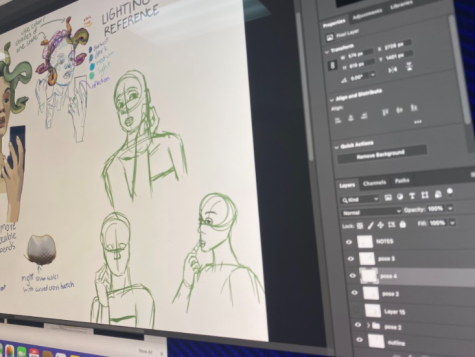
This, of course, is done with a present state of mind, so it is human judgment that leads to the end product’s overall appearance. If we were to compare this definition with AI art, a significant contrast is seen between the two. Although it is a human that types the prompt or idea for AI art to follow, it is not the conscious use of imagination that is used in producing the end product. Instead, AI art has synthetic computer intelligence composing the image, rather than genuine time and effort.
The actual concept of art, therefore, refutes the claim that human imagination was utilized to type the prompt for AI visuals, even if that were to be made. In the end, whether or not something is considered art still depends on how skillfully humans created the item. Though typing down an idea is one thing, acting to make it a reality is the core of human connection, not artificial programming.
What do real artists think of AI art?
Now that we established that AI-generated images are not a true form of art, let us see what our local artists here at Los Alamitos think about the concept. Although we may sound harsh in our criticism of AI art, some of our students in our art programs actually do not possess completely negative views towards it. In fact, even if it is not considered a real form of art, some of our local artists see it as a useful tool instead.
“I think AI art can bring good to the community because it can introduce artists to coding and the technology behind the AI used,” Charley Nelson, a student, said.
Computer science has come a long way from when it first began. In fact, this science as a whole is not even a century old, and AI is able to create complex portraits, which is an impressive feat that even some artists recognize.
Furthermore, some artists see AI art as a tool instead of a hindrance. When it comes to creating any form of art, the artist needs a source of inspiration to base their work on. It is extremely hard, and sometimes impossible, for an artist to completely make an idea out of the blue. Even creations in the most famous mediums of art media, such as movies and video games, were all created from the basis of a pre-existing work. Finding this inspiration, however, could be difficult at times. That is why when AI art is present, an artist could type an idea into the prompt in order to use the generated image as a basis of inspiration for their work.
In spite of this, there still exists very negative views towards AI art, most especially from the people who spend time perfecting their craft. Most of the ethics surrounding art come from the credit, as artwork counts as intellectual property that came from an individual’s unique state of mind.

“Something that could be controversial would be taking credit for AI art. This might be viewed as stealing because you yourself didn’t create the art. On the other hand, taking credit for a piece created by an AI could be acceptable if you were the one who programmed the AI,” said Nelson in our survey.
Art theft is the term used in the real world to describe the act of claiming a work of art as your own. This holds true for AI art as well because the algorithm, not the individual who wrote the query, produced it. ‘
AI artwork should only ever be attributed to a human if that person also wrote the system’s code. Since AI art is promoted as a usable product for customers, even by those who did not develop the system, this situation is highly uncommon.
The effects of AI art appear to be considerably more detrimental when considering art as a profession. Pamphlets, advertising, and book, movie, and game covers are the most common types of artwork that businesses commission from artists. The artists who rely on those mediums as a source of livelihood may become obsolete if AI art were to replace them as a quick and practical way to produce these graphics. The result of allowing AI art to totally replace artists for the sake of convenience would ultimately degrade the recognition of artists. This could transform art into a business with a focus on quantity over quality.
In spite of the issue seeming polarizing, the majority of the artists here in Los Al are generally mixed on the issue. This may seem strange, given the fact that many people on the topic of controversial subjects tend to completely side with one view over the other.

